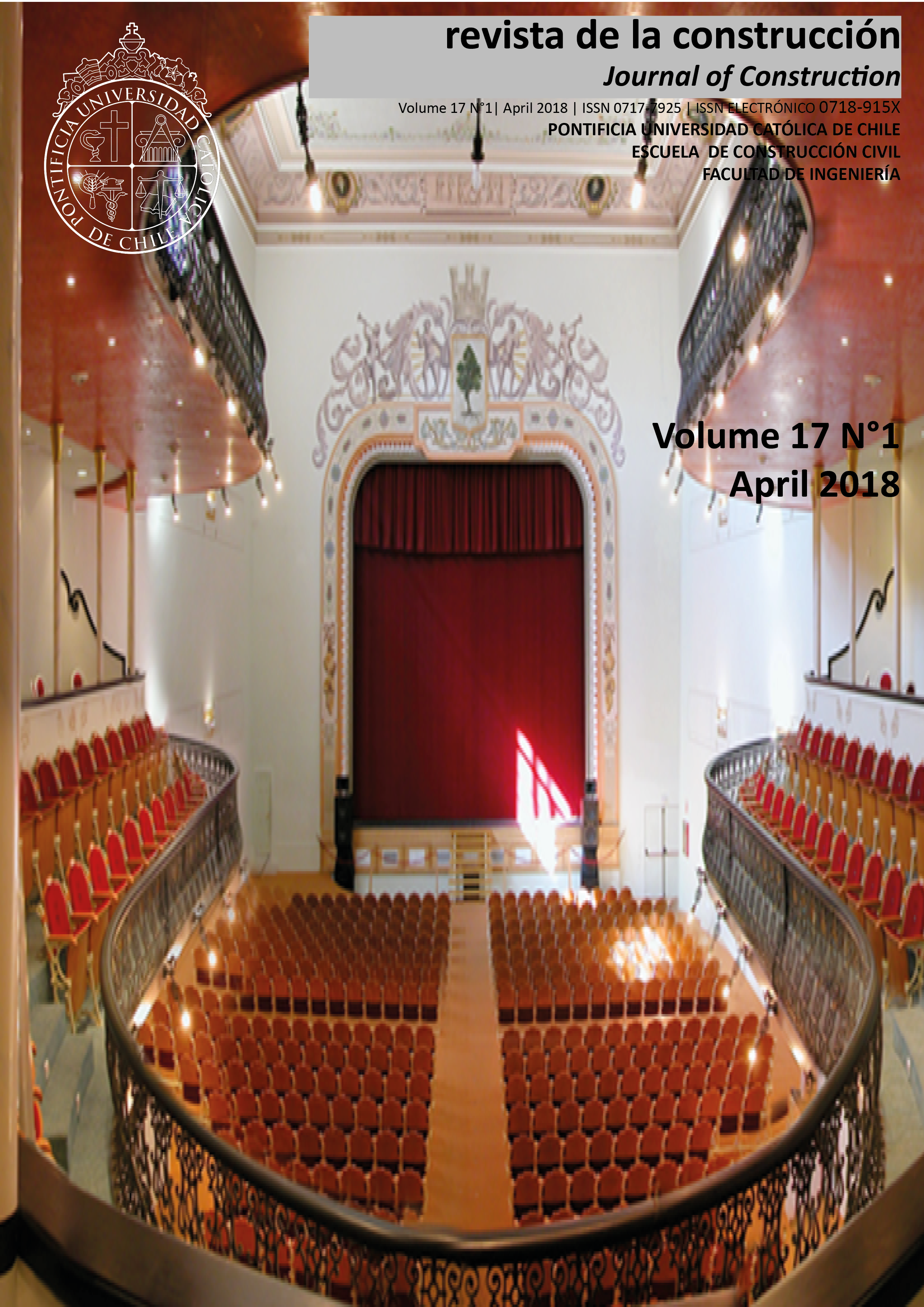Dynamic analysis of an immersed tunnel in Izmir
DOI:
https://doi.org/10.7764/RDLC.17.1.103Keywords:
Immersed Tube Tunnel, Dynamic 2-D Analysis, Soil-tunnel interaction, earthquake response of subsea tunnels.Abstract
The original design of the planned Izmir Bay Immersed Tube Tunnel, considered it to be a continuous subsea tunnel for the whole length of about 7.6 km. But this was later changed into having 2 shorter tubes of 2.7 km long each connected thru’ a 2.2 km long artificial island created in the middle of the bay from the excess dredged material, a concept which also reduces costs and increases efficiency. This island will serve as a venue for the 2025 Expo Exhibition, which Izmir city will apply to organize in the future. Reason for the research study was to provide a preliminary design, using a dynamic analysis, during the current pre-feasibility stage, of the immersed tunnel to show whether it can be built across the Izmir Bay. This paper takes into account the new alignment and presents the results of a 2-D dynamic analysis conducted of the prefabricated 100m long tunnel elements, sitting within a backfilled dredged ditch, dug after the recommended ground improvement was carried out. Analyses considered staged construction and the results showed that: Tunnel units and its surrounding soils inside the dredged ditch act together to provide a better earthquake response with a damping effect of the earthquake force; Tunnel units do not float to the sea surface, but continued to stay inside the dredged ditch and applied positive stresses to the foundations during the design earthquakes. As there was no floating, there was no need for anchoring the tunnel to ditch bottom; Tunnel units and immersion joints (made of specified strong elastomer material) continued to stay in compression longitudinally and provided a superb water-tightness level; There were no risky (un-tolerable) ground deformations during, after striking of the design earthquakes. Total vertical and differential displacements of the tunnel units and in the surrounding soils were all at acceptable levels; Concrete surface crack widths occurring in the tunnel units, during striking of the design earthquakes were also found to be allowable. Study results show that the tunnel elements can withstand Mw=7 short duration (<10 sec) or Mw=6 long duration (>10 sec) earthquakes without major damages to their structure
Downloads
Downloads
Published
How to Cite
Issue
Section
License

This work is licensed under a Creative Commons Attribution-NonCommercial-NoDerivatives 4.0 International License.





